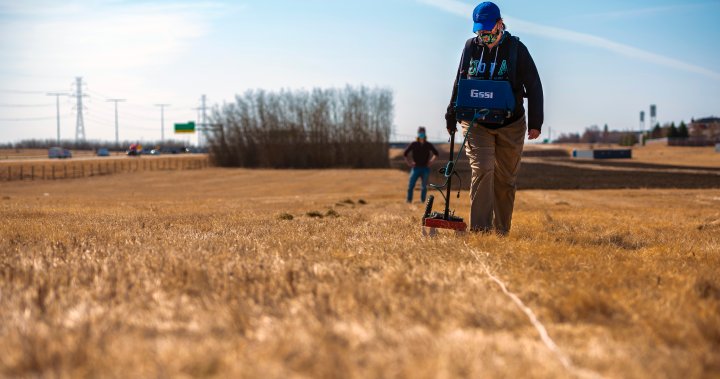
Residential school searches: What is ground-penetrating radar?
Global News
Kisha Supernant, director of the Institute of Prairie and Indigenous Archaeology, explains how ground-penetrating radar searches work at former Indian residential schools.
Ground-penetrating radar began making headlines after Tk’emlúps te Secwépemc announced the discovery of 215 potential unmarked graves at the site of a former Kamloops Indian Residential School.
Since then, countless First Nations communities have employed the technology to conduct similar searches. But what is ground-penetrating radar and how does it work?
Kisha Supernant, director of the Institute of Prairie and Indigenous Archaeology and a professor at the University of Alberta, has been doing ground-penetrating radar work since 2018; she has so far helped 12 communities with residential school searches and has consulted with over 50.
Supernant spoke with Global News about ground-penetrating radar, the searches being conducted at former Indian residential schools, and how long they might take.
Note: The following interview has been edited for length and clarity.
Kisha Supernant: Ground-penetrating radar is a method that takes a radar signal and puts it into the ground in order to try and look at what’s happening below the surface.
In its very basic form, it takes an antenna, it sends a little wave down into the ground, that wave travels and bounces back to the antenna, and that’s the basic principle of how ground-penetrating radar works.
A series of waves go into the ground and you’re looking for change in what’s happening beneath the surface.
